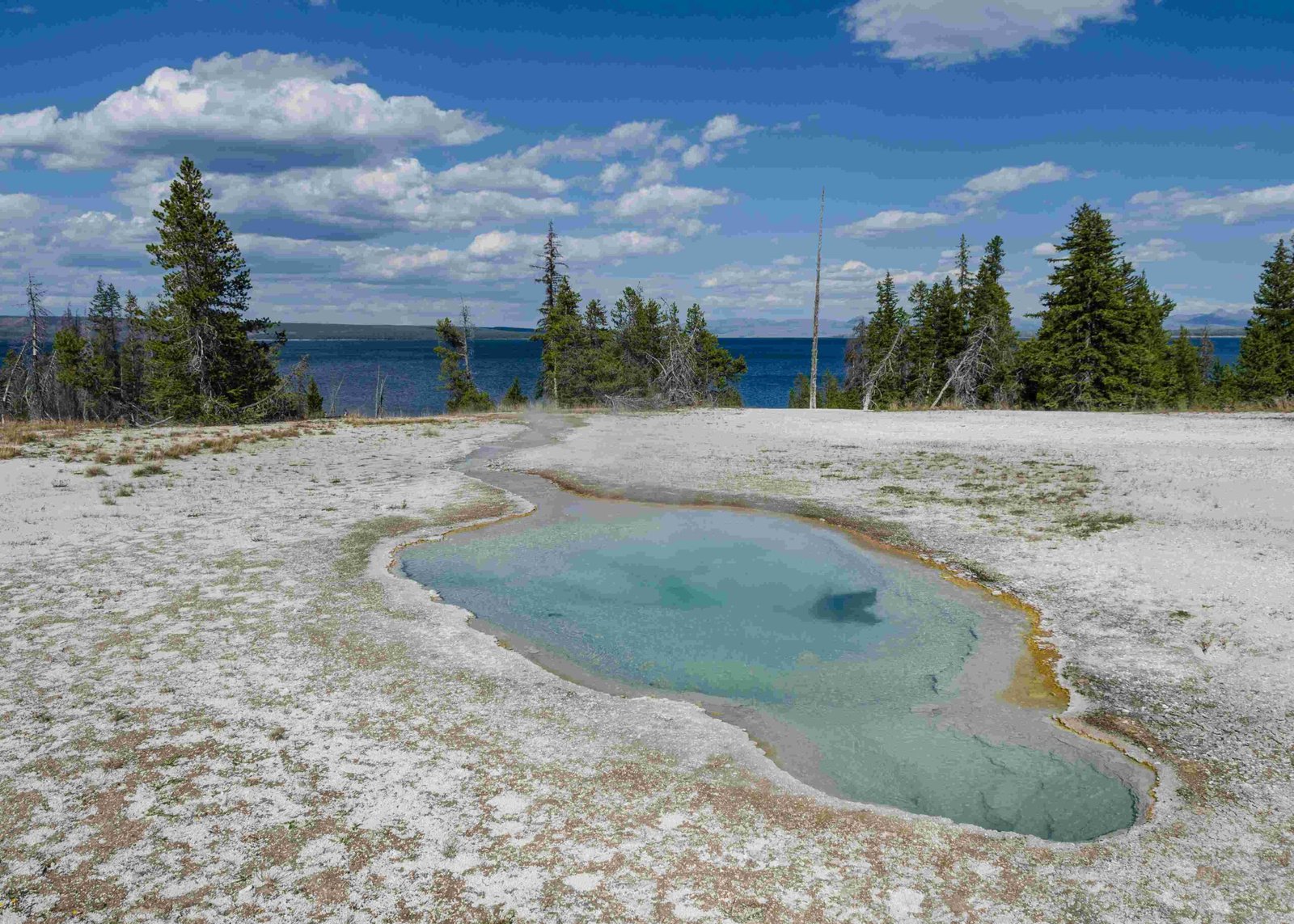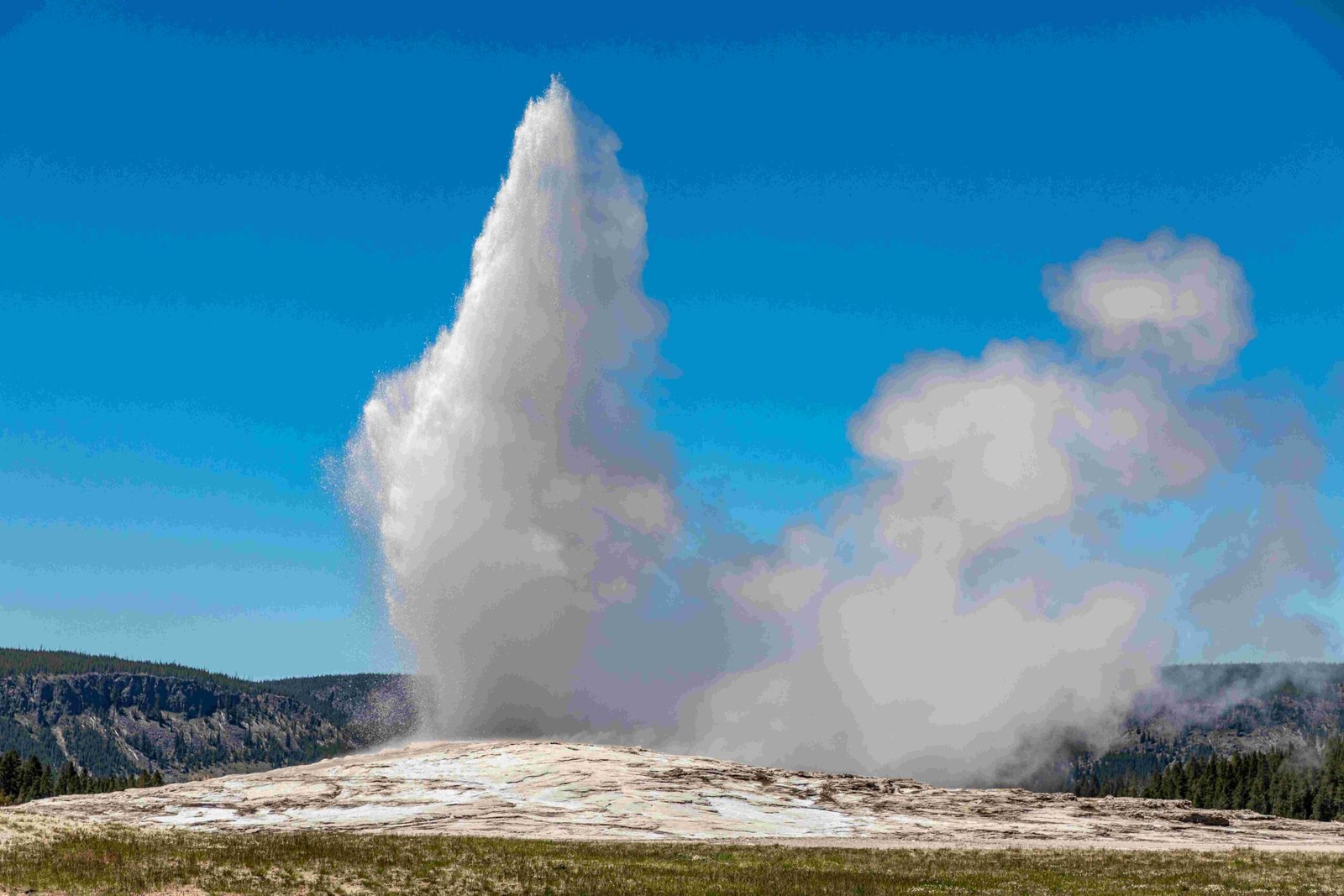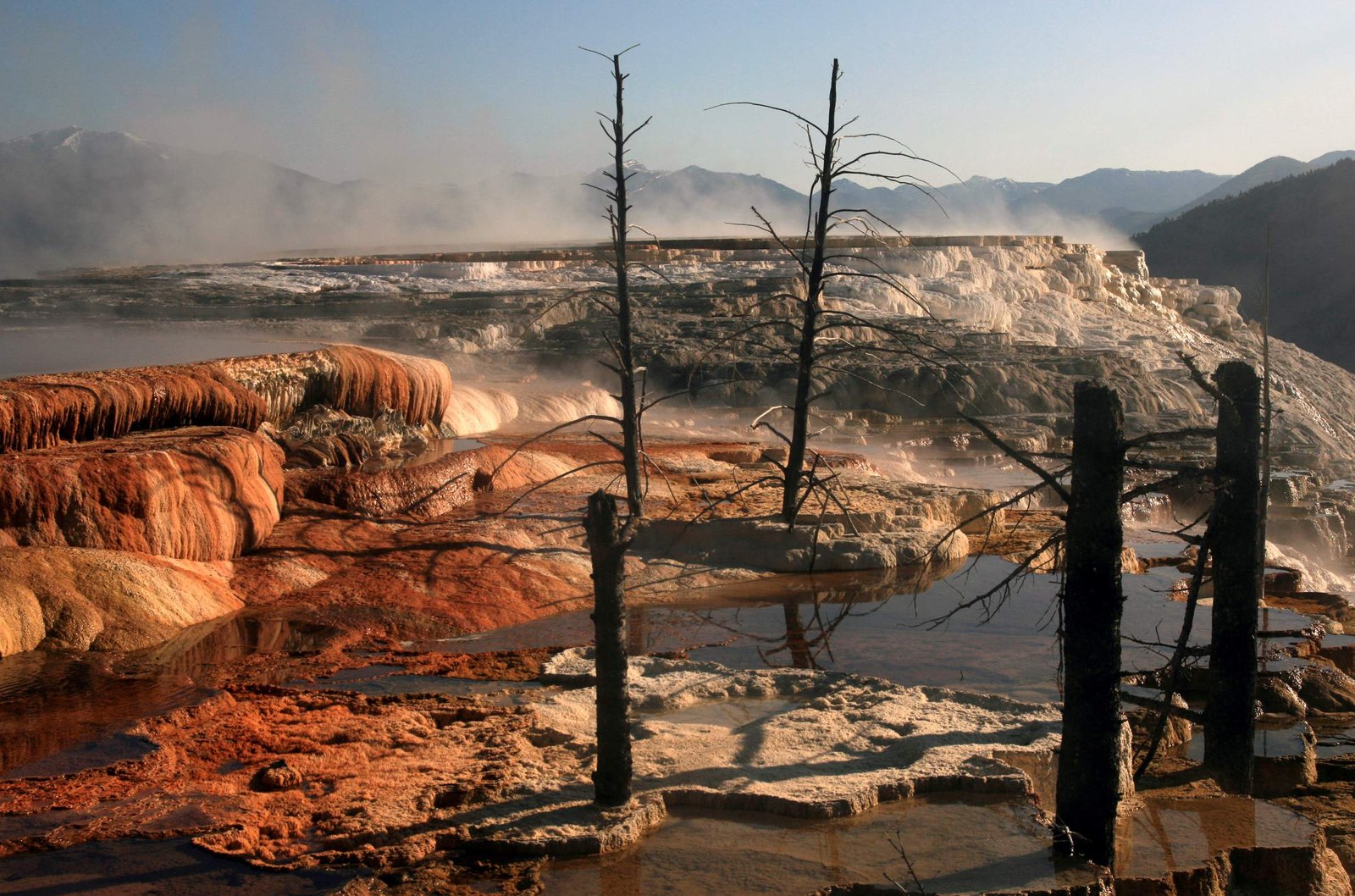Yellowstone National Park experiences diverse weather patterns throughout the year, with significant variations in temperature and precipitation. The park’s average annual rainfall ranges from 11 to 70 inches, depending on location. Temperatures fluctuate widely, from sub-zero winters to mild summers, with snowfall common in higher elevations year-round. This unique climate shapes the park’s ecosystems and visitor experiences across seasons.
What Are the Monthly Temperature and Rainfall Patterns in Yellowstone?

Yellowstone National Park’s climate varies significantly throughout the year. Here’s a detailed breakdown of the average temperatures and precipitation for each month:
| Month | High Temp | Low Temp | Precipitation | Snowfall |
|---|---|---|---|---|
| January | 24°F (-4°C) | 1°F (-17°C) | 1.1 inches | 14.5 inches |
| February | 27°F (-3°C) | 2°F (-17°C) | 0.75 inches | 10.4 inches |
| March | 37°F (3°C) | 10°F (-12°C) | 1.1 inches | 13.1 inches |
| April | 44°F (7°C) | 19°F (-7°C) | 1.2 inches | 5.9 inches |
| May | 51°F (11°C) | 28°F (-2°C) | 2.0 inches | 1.5 inches |
| June | 62°F (17°C) | 35°F (2°C) | 1.5 inches | 0.1 inches |
| July | 72°F (22°C) | 40°F (4°C) | 1.5 inches | 0 inches |
| August | 72°F (22°C) | 38°F (3°C) | 1.4 inches | 0 inches |
| September | 62°F (17°C) | 31°F (-1°C) | 1.3 inches | 0.5 inches |
| October | 48°F (9°C) | 22°F (-6°C) | 1.0 inches | 3.7 inches |
| November | 33°F (1°C) | 12°F (-11°C) | 1.0 inches | 9.0 inches |
| December | 24°F (-4°C) | 2°F (-17°C) | 1.1 inches | 72.1 inches |
This data reveals several key patterns in Yellowstone’s climate:
- The warmest months are July and August, with average highs of 72°F (22°C).
- The coldest months are December, January, and February, with average lows near or below 0°F (-17°C).
- Precipitation is relatively consistent throughout the year, ranging from 0.75 to 2.0 inches per month.
- Snowfall is heaviest in December, with an average of 72.1 inches.
How Does Annual Rainfall Vary Across Yellowstone?

The average temperatures and rainfall in Yellowstone National Park show significant variation across different areas of the park:
- Low Precipitation Areas: Some regions, like Gardiner, Montana, receive as little as 11 inches of annual precipitation.
- High Precipitation Areas: The Pitchstone Plateau can receive over 70 inches of precipitation annually.
- Average Range: Most areas of the park typically receive between 20 to 30 inches of precipitation per year.
Factors influencing this variation include:
- Elevation: Higher elevations generally receive more precipitation, often in the form of snow.
- Topography: Mountain ranges and valleys affect local weather patterns.
- Seasonal changes: Precipitation patterns shift throughout the year.
What Are the Distinct Seasonal Weather Patterns in Yellowstone?
Yellowstone’s weather patterns vary dramatically by season, affecting both the park’s ecology and visitor experiences:
Spring (March to May)
- Temperature Range: 30°F to 60°F (-1°C to 16°C) during the day, dropping to single digits or teens at night.
- Precipitation: Moderate, averaging 1-2 inches per month.
- Key Features:
- Unpredictable weather with potential for snow and freezing temperatures.
- Limited road access and facility closures.
Summer (June to August)
- Temperature Range: 70°F to 80°F (21°C to 27°C) during the day, potentially below freezing at night in higher elevations.
- Precipitation: Driest season, with 1.4-1.5 inches per month.
- Key Features:
- Afternoon thunderstorms are common.
- Peak tourist season with all park roads and facilities open.
Fall (September to November)
- Temperature Range: 30°F to 60°F (-1°C to 16°C) during the day, teens to single digits at night.
- Precipitation: Increasing, with 1-3.7 inches per month.
- Key Features:
- Snow begins in late October and November.
- Fewer tourists, with some facility closures starting.
Winter (December to February)
- Temperature Range: 0°F to 20°F (-18°C to -7°C) throughout the day, with sub-zero temperatures common at night.
- Precipitation: Heaviest snowfall, especially in December.
- Key Features:
- Significant snowfall, with some areas receiving over 150 inches annually.
- Limited access, with only the North Entrance open year-round.
How Do Temperature Fluctuations Impact Park Activities and Access?
The average temperatures and rainfall in Yellowstone National Park significantly impact both park operations and visitor activities:
- Road Closures: Many park roads close during winter and early spring due to snow and ice.
- Facility Availability: Some visitor centers, campgrounds, and lodges operate seasonally.
- Activity Scheduling:
- Summer activities like guided hikes and rafting typically begin in mid to late June.
-
Winter activities such as cross-country skiing and snowmobiling require specific gear and preparation.
-
Wildlife Viewing: Animal behavior and visibility vary with seasonal temperature changes.
- Geothermal Features: The appearance of geysers and hot springs can change with temperature fluctuations.
What Should Visitors Know About Preparing for Yellowstone’s Weather?
Given the variable average temperatures and rainfall in Yellowstone National Park, visitors should:
- Pack Versatile Clothing:
- Bring layers suitable for a wide range of temperatures.
-
Include rain gear and warm jackets, even in summer.
- Regularly monitor weather forecasts before and during your visit.
-
Be aware of potential rapid weather changes.
-
Plan Activities Accordingly:
- Schedule outdoor activities during the most favorable weather windows.
-
Have indoor backup plans for inclement weather.
-
Be Prepared for Altitude:
- Much of the park is at high elevation, which can intensify weather effects.
-
Acclimatize gradually and stay hydrated.
-
Vehicle Preparation:
- Ensure your vehicle is equipped for potential snow or icy conditions if visiting in colder months.
- Carry emergency supplies, including extra food and water.
By understanding and preparing for Yellowstone’s diverse climate, visitors can safely enjoy the park’s natural wonders throughout the year, adapting to the unique challenges and opportunities presented by each season’s average temperatures and rainfall patterns.

